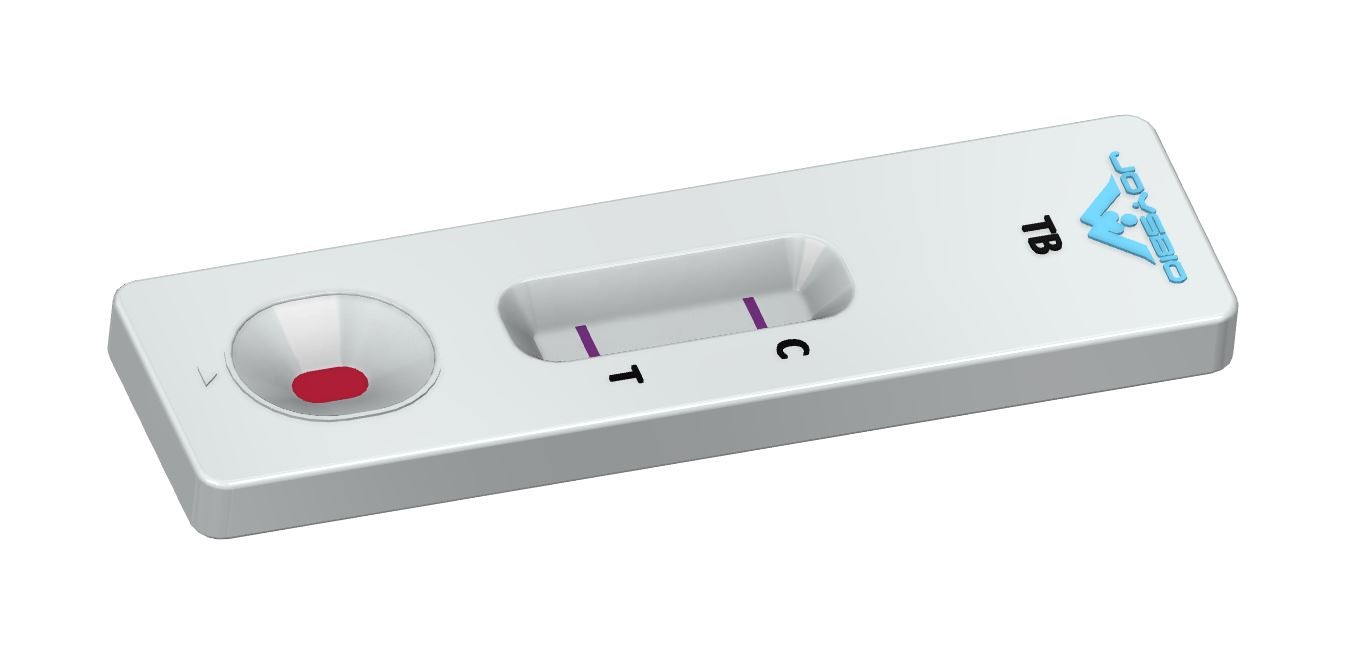According to the center for disease control, tuberculosis (TB) is a disease caused by bacteria in the air spread from person to person. If tuberculosis is not treated, the disease can become fatal. Luckily for most, medication is available to treat and stop the spread of tuberculosis, so long as this is taken within an appropriate timeframe.
As the disease is airborne, this means it can spread from person to person. The tuberculosis typically spread by coughing, speaking, or singing – any method air droplets may travel from one person to another.
As expected, those who spend more time with an infected TB patient are more likely to develop the disease themselves. Medication is available to help prevent the spread of early TB, reducing symptoms, and beating the disease. However, we cannot stress enough that these drugs must be taken early-on and routinely, or else you may become sick again.
There are two types of TB, these are:
- Latent TB infection
- TB disease
These will now be explained individually.
Latent TB infection
A latent TB infection is when TB bacteria can live in the body without making you sick. Most people can breathe in this harmful bacteria with little risk – the body can fight this, preventing it from growing and getting worse.
If suffering from a latent TB infection, you will likely feel no symptoms and cannot spread the TB bacteria to others.
TB disease
TB disease is when the TB bacteria in the body becomes active – i.e., no longer latent. If the bacteria multiply and the body is unable to fight it, TB disease develops. At this stage, the bacteria are spreadable to others and is how other people end up with a latent TB infection.
This is why, if detected, those with a latent TB infection are given prescription medication to help their body fight the bacteria, preventing the latent TB infection from developing into TB disease.
Symptoms of TB disease
As previously mentioned, those with a latent TB infection will most likely not have any symptoms. However, those with TB disease will – this is when the bacteria can spread from person to person.
Symptoms of TB disease include:
- Chest pain
- A persistent cough that has lasted for three weeks or longer
- Coughing up blood
- Weight loss
- Lack of appetite
- Fever
- Night sweats
- Chills
- General weakness or fatigue
Most people suffering from TB will not experience all these symptoms, but will likely experience multiple of these. Upon noticing these symptoms, it’s important to seek medication attention as soon as possible.
Prescription drugs are available to help fight the bacteria. TB can be treated so long as you keep up with the regular medication, even after TB has gone. This prevents the TB from developing and growing stronger, past the point of drugs being able to help.
A brief history of tuberculosis
Before we discuss what tests are available, we thought we’d introduce to a brief history of tuberculosis:
It is believed that Johann Schonlein invented the phrase ‘tuberculosis’ in 1834. However, it is thought that TB has been around much longer than this, perhaps over 3 million years.
In the 1800s, there was no vaccine or little to no medication for TB. Those who had TB disease would often die prematurely, with rest and good food prescribed to lessen the symptoms. However, nowadays, a great deal of support is available, including multiple tests and medications to help fight the once deadly disease.
Prior to the discovery that the spreading of bacteria causes TB, it was thought that TB was a hereditary condition. In the early 1800s, when a TB outbreak spread throughout town, it was believed that the first living family member to die of TB came back as a vampire and infected others. Townspeople would dig up the suspected grave and perform a ritual to “prevent” the spread of TB.
However, nowadays, we know this is far from the truth but shows how far science has come.
What tests are available for tuberculosis?
There are two main methods of testing: skin tests and blood tests (also known as a TB antibody test)
The most common method of testing is the skin test, especially for early cases. Blood tests are usually used alongside skin tests, especially if the results from the skin test are unclear.
Skin test
This is where a doctor injects a small amount of fluid called tuberculin into the skin below the forearm. Tuberculin contains a small amount of inactive TB protein and allows the doctor to see if TB germs are active within your body.
After two to three days, you will be tested to see whether you reacted to the inactive TB protein. If you have a raised hard bump or swelling on your arm, this means that TB germs are active within your body. However, for some, this does not mean you yet have TB disease.
This is where a blood test is usually introduced, a rapid diagnostic kit to help detect TB.
TB antibody test
Blood tests, also called interferon-gamma release assays (IGRAs), respond to TB antigens (this is what causes your immune system to create antibodies). The blood test determines whether or not TB germs are active within your body and is more accurate than a skin test. Many medical device manufacturers also developed a TB antibody rapid diagnostic kit utilizing lateral flow assay technology, which can qualitatively detect antibodies against tuberculosis in serum samples in less than 15 mins.

From here, you will be prescribed the appropriate medication to stop the disease from getting worse, and in most cases, can be treated completely.
To conclude
Anyone can get tuberculosis, and it may not be as common as it used to be. However, more treatment and medication options are now available, especially compared to digging graves and performing rituals like in the early 1800s.
If you think you have TB, you should seek medication attention as soon as possible. You will be given a test (most likely a skin test) to determine whether or not the TB bacteria are present.
You will be given the appropriate medication to stop the spread and development of the disease. You must keep up with this medication, or else the bacteria can become deadly, with no medicine strong enough to defeat this.

